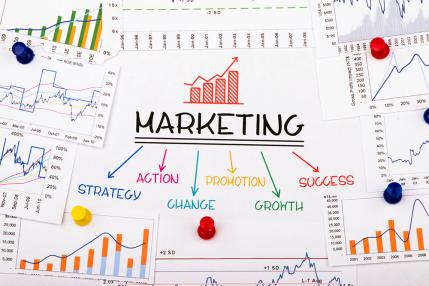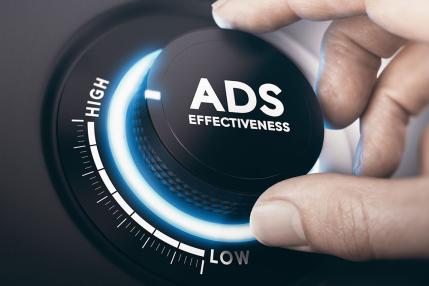Building the foundations for all your marketing strategies
In the ever-evolving landscape of marketing, brand development stands as the cornerstone of any successful strategy. It's not just about creating a logo or choosing a colour palette; it's about knowing who you are, what you're passionate about and why you do what you do. Only then can you build a bridge to connect and resonate with your audience.
From defining your business identity to measuring success, each step in the brand development process plays a crucial role in shaping perceptions and driving growth.















